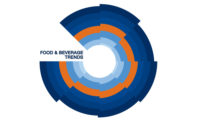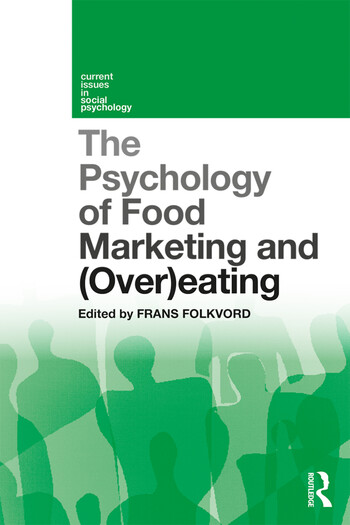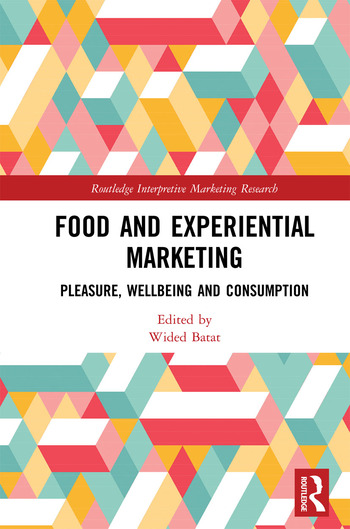Consumers and Food

Nearly nine in 10 survey respondents (87.7%) believe prices in food stores are escalating, and almost three-quarters (74%) say the size of some packaged goods is smaller. Consequently, savvy consumers are purchasing more private-label and store brand products. More than three-quarters of respondents (75.3%) purchased lower-priced products, and nearly two in five respondents (39.6%) added more private label products to their grocery bags.
High gas prices are also having an impact on shopping behaviors. Nearly three in four respondents (72.7%) are making fewer trips to the grocery store to save money, and more than two-fifths (40.8%) are purchasing fewer items overall.
"Higher prices, smaller package sizes and pain at the pump are driving consumers to buy lower-priced grocery items," said Pat Conroy, vice chairman, Deloitte LLP and the U.S. consumer products practice leader. "That's why now more than ever it is important for consumer products companies to strengthen their customer relationships and distinguish value ahead of the competition."
Consumers are paying more attention to "front-of-package" nutrition information to assist them in making healthier decisions according to the survey. More than three in four respondents (76.2%) say they more often want healthier food options when they shop, and nearly two-thirds (64.8%) agree or somewhat agree that food retailers are starting to sell more locally produced fruits and vegetables.
Additionally, nearly one-half of respondents (49.3%) agree that packaging that displays a row of standardized icons called "Nutrition Keys" on the front of the package with standard ingredients listed on the back would be very helpful for purchasing decisions. Some companies are currently doing this on a voluntary basis. The survey also found that more than half (51.1%) of food shoppers read the ingredients on unfamiliar food items.
"The front-of-package findings, coupled with survey results showing that consumers are trending toward healthier food purchases, presents a tremendous opportunity for consumer products companies that are willing to enhance their nutritional transparency," said Conroy. "Consumer products companies that use healthy ingredients and are willing to share nutritional information on the front of the packaging can strengthen their customer base amongst a growing faction of consumers."
The proliferation of smartphones and a much savvier base of shoppers have spurred consumers to use mobile devices to assist with several aspects of their shopping routines according to the survey. More than one-third (34%) of smartphone users research food prices or product information while in a store. More than two-fifths (43%) of smartphone users have managed a food shopping list on their device while not in a store.
Overall, more than one-half (53%) of shoppers surveyed are increasingly using technology to obtain information about food products and more than one-quarter (28%) of respondents interacted with a food retailer via their mobile application or website. Furthermore, more than one-fifth (23.5%) of survey respondents expect their smartphone-related grocery shopping activity to increase next year.
"Smarter phones and smarter shoppers are transforming today's shopping experience," said Conroy. "Moving forward, consumer product companies must make themselves more accessible to consumers who are using 21st century technologies to look for coupons, store specials and to even shop for groceries."
Nearly four in five respondents (79.7%) purchased food from a traditional supermarket during the past year. Deloitte's survey also shows that large supercenters -- those that sell food, clothing, etc. -- are the second most sought after food buying destinations with more than three in five respondents (61%) purchasing groceries at these venues in the past year.
Outside of shopping at supermarkets and one-stop shop supercenters, nearly one-third of consumers (32.6%) met their grocery needs by visiting a dollar store over the past year. The survey also found that more than two in five respondents (22%) bought food at a drug store, and slightly less than one in 20 shoppers (4.9%) visited an online retailer or food manufacturer to purchase food.
From the July 20, 2011, Prepared Foods' Daily News.
Looking for a reprint of this article?
From high-res PDFs to custom plaques, order your copy today!








